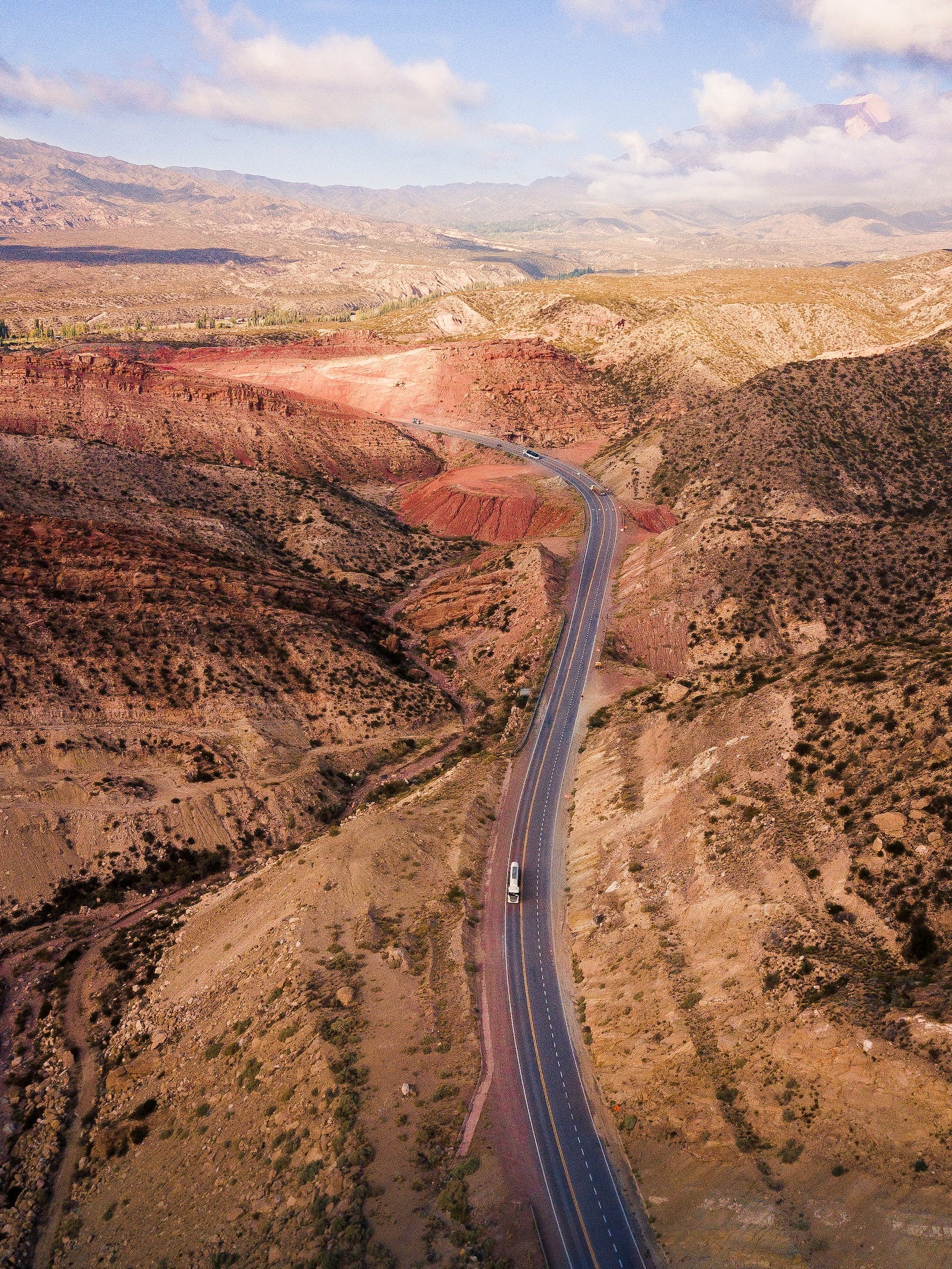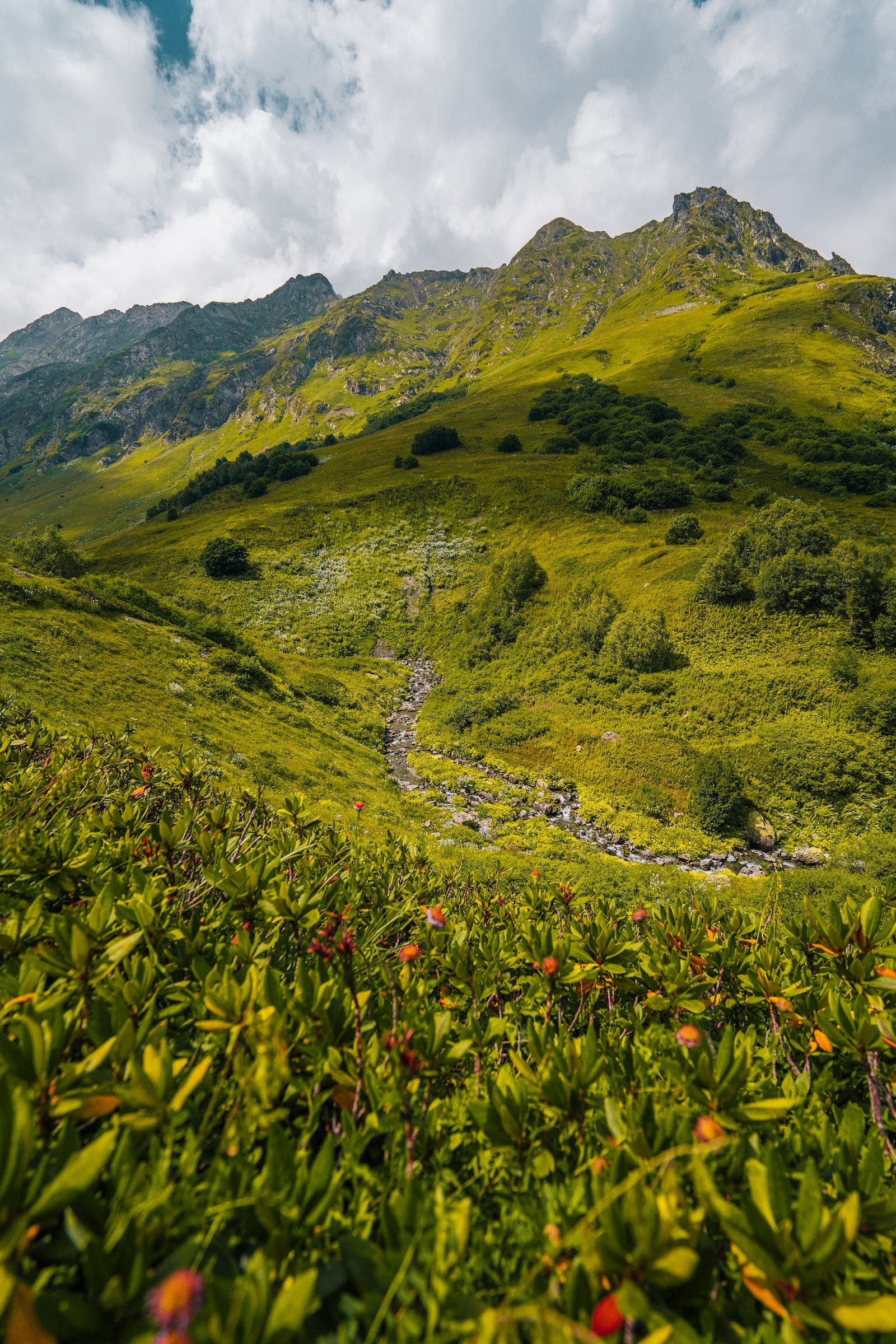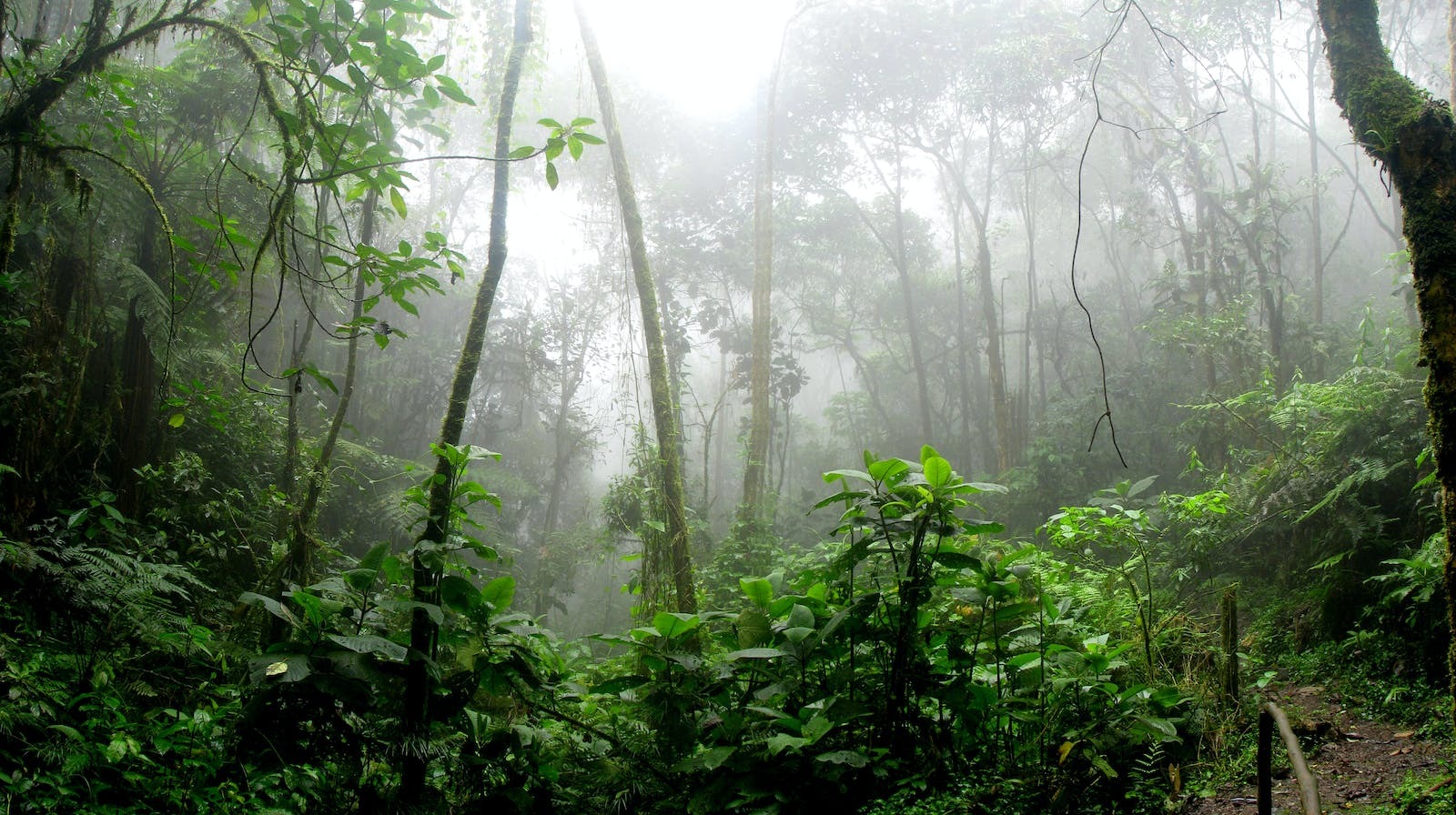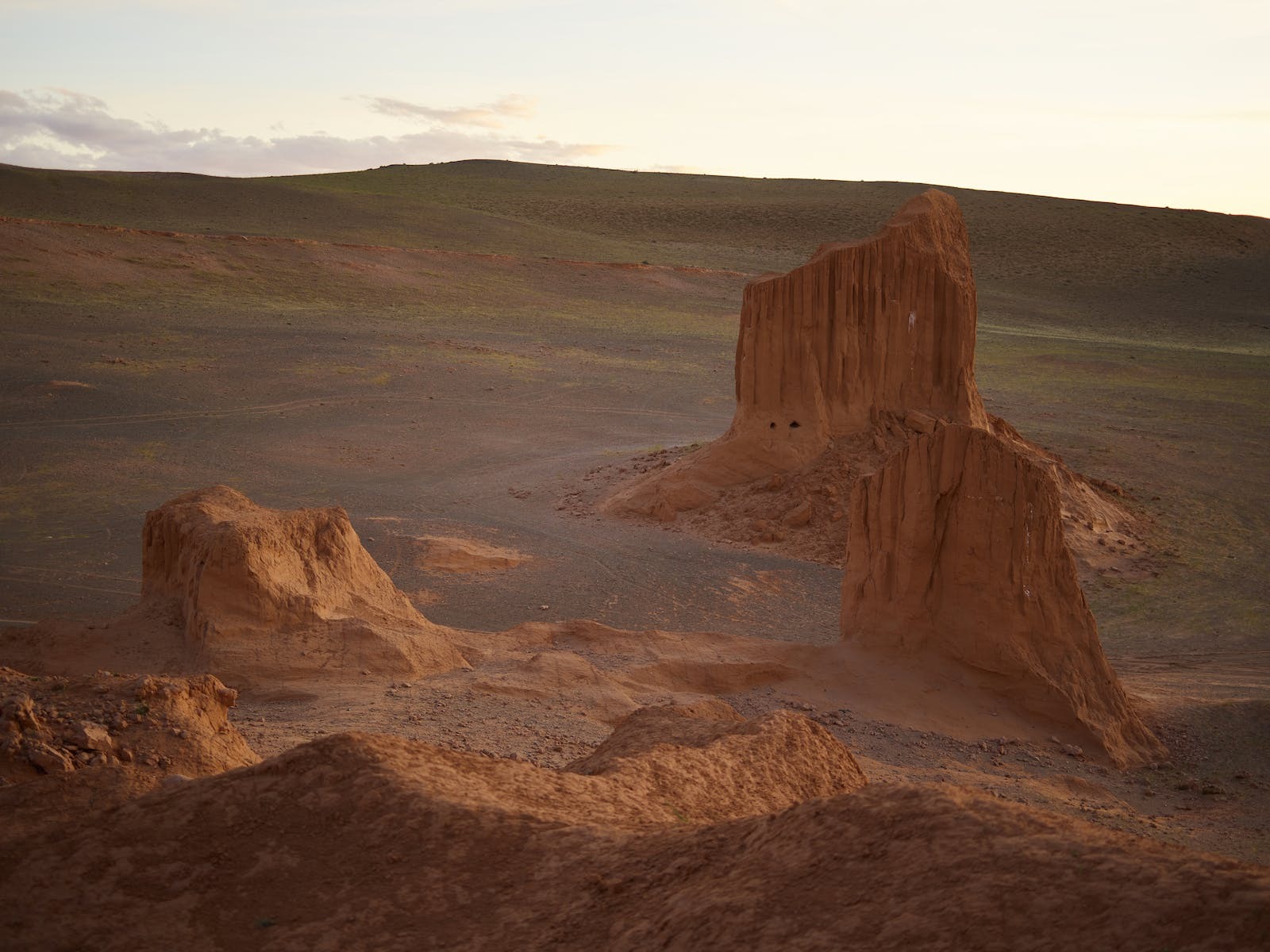As someone who loves to travel, I’m always on the lookout for new and exciting adventures. And while popular tourist destinations can be fun, there’s something truly special about exploring off the beaten path. Whether it’s trekking through remote wilderness, discovering hidden gems in small towns, or immersing yourself in a different culture, there’s no shortage of unforgettable experiences to be had in remote destinations.
One of the best things about venturing off the beaten path is the sense of discovery that comes with it. You never know what you’ll find when you venture beyond the usual tourist hotspots. Maybe it’s a breathtaking natural wonder, a charming local festival, or a unique cultural tradition that you’ve never heard of before. Whatever it is, the thrill of discovery is sure to leave a lasting impression.
Of course, traveling to remote destinations isn’t always easy. It can require more planning, preparation, and flexibility than a typical vacation. But for those willing to put in the effort, the rewards can be truly life-changing. So if you’re looking for a travel experience that’s out of the ordinary, consider going off the beaten path and exploring some of the world’s most remote and unforgettable destinations.
Why Choose Remote Destinations
As someone who loves to travel, I have found that remote destinations offer a unique and unforgettable experience. While many people prefer to stick to popular tourist destinations, there are several reasons why I choose to venture off the beaten path.
Unique Experiences
One of the main reasons I choose remote destinations is for the unique experiences they offer. These places often have their own distinct cultures, traditions, and ways of life that you won’t find anywhere else. For example, I once visited a small village in the mountains of Peru where the locals still practice ancient Incan rituals. It was a truly unforgettable experience that I would never have had if I had stuck to more popular tourist destinations.
Cultural Immersion
Another reason I choose remote destinations is for the opportunity to immerse myself in different cultures. When you visit a place that is off the beaten path, you have the chance to interact with locals and learn about their way of life. This can be an incredibly enriching experience that allows you to gain a deeper understanding of the world around you.
Unspoiled Nature
Finally, remote destinations often offer some of the most beautiful and unspoiled nature in the world. Whether it’s hiking through the mountains of Patagonia or exploring the rainforests of Borneo, these places allow you to connect with nature in a way that is impossible in more developed areas. Plus, by visiting these places, you can help support conservation efforts and protect these fragile ecosystems for future generations.
Overall, while remote destinations may require a bit more effort to reach, I believe that the unique experiences, cultural immersion, and unspoiled nature they offer make them well worth the journey.
Planning Your Adventure
When planning an adventure in a remote destination, there are several key factors to consider to ensure a safe and unforgettable experience. Here are some tips to help you plan your next off-the-beaten-path adventure.
Choosing Your Destination
The first step in planning your adventure is choosing a destination. Consider your interests, budget, and level of experience when selecting a location. Some destinations may require special permits or visas, so be sure to research the requirements before booking your trip. Here are some questions to ask yourself when selecting a destination:
- What type of adventure am I looking for? (hiking, camping, mountain adenture, rock climbing, etc.)
- What is my budget?
- What is the climate like in the destination during the time of year I plan to visit?
- What are the visa and permit requirements for the destination?
- What is the level of difficulty of the adventure in the destination?
Preparation and Safety
Once you have settled on your destination, safety and preparation should be next top priorities. Start by making a checklist of all the gear and supplies you’ll need for your adventure, ensuring you’re well-equipped for your chosen activity. It’s also wise to consider partnering with companies or tour operators such as Ouray Mountain Adventures, experts in these kinds of adventurous tours. They can offer the necessary equipment, provide suitable vehicles, and offer guidance to ensure your expedition is both safe and enjoyable.
For those venturing into remote destinations in the dark, consider investing in high-quality night vision equipment such as this pvs14 monocular. This type of gear can help you to navigate safely and explore areas that might otherwise be difficult after dark. Whether you are stargazing in the desert or trekking through dense forests, having a reliable night vision can ensure your safety.
Here are a few additional tips to help you prepare and stay safe during your adventure:
- Make a checklist of necessary equipment and supplies for your adventure.
- Research potential hazards and risks in the area.
- Take necessary precautions to minimize risks.
- Ensure that you have the appropriate gear for your activity.
- Consider hiring a guide or joining a tour group for added safety.
Local Customs and Etiquette
When visiting a remote destination, it’s important to be respectful of local customs and etiquette. Research the cultural norms and traditions of the area, and be mindful of your behavior and dress. Learn a few basic phrases in the local language to show respect and make connections with locals. Here are some tips for respecting local customs and etiquette:
- Research the cultural norms and traditions of the area.
- Be mindful of your behavior and dress.
- Learn a few basic phrases in the local language.
- Respect local customs and traditions.
- Be open to new experiences and perspectives.
By following these tips, you can ensure a safe and unforgettable adventure in a remote destination.
Top Remote Destinations
As an adventure enthusiast, I’ve been lucky enough to explore some of the most remote and breathtaking places on earth. Here are my top picks for destinations that offer unforgettable experiences off the beaten path.
Arctic Circle
The Arctic Circle is a vast and remote region that spans across several countries, including Canada, Greenland, Norway, and Russia. This icy wilderness is home to stunning landscapes, unique wildlife, and indigenous cultures that have thrived in this harsh environment for centuries.
Some of the top activities to do in the Arctic Circle include dog sledding, ice fishing, and watching the Northern Lights. The best time to visit is during the winter months when the region is blanketed in snow and ice.
Amazon Rainforest
The Amazon Rainforest is the world’s largest tropical rainforest, covering over 2.7 million square miles in South America. This biodiverse region is home to millions of plant and animal species, many of which are found nowhere else on earth.
Exploring the Amazon Rainforest can be a once-in-a-lifetime experience, with opportunities to go on guided hikes, boat tours, and wildlife safaris. Visitors can also learn about the indigenous cultures that call this region home and sample traditional foods and medicines.
Gobi Desert
The Gobi Desert is a vast and rugged region that spans across China and Mongolia. This remote wilderness is home to unique landscapes, including towering sand dunes, rocky canyons, and ancient ruins.
Visitors to the Gobi Desert can go on camel treks, visit nomadic communities, and explore ancient Buddhist monasteries. The best time to visit is during the spring and fall when temperatures are mild and the weather is dry.
Overall, these remote destinations offer unforgettable adventures that are sure to leave a lasting impression. Whether you’re looking for a rugged outdoor experience or a chance to immerse yourself in a new culture, these destinations are sure to deliver.
Survival Tips for Remote Areas
Essential Gear
When venturing into remote areas, it is important to pack the right gear to ensure your safety and survival. Here are some essential items to include in your backpack:
- Navigation tools such as a map, compass, and GPS device
- A reliable and sturdy tent to protect you from the elements
- A sleeping bag and sleeping pad for warmth and comfort
- A good quality backpack to carry all your gear
- A water filtration system or purification tablets to ensure access to safe drinking water
- A first aid kit with essential items such as bandages, antiseptic, and pain relievers
- A multi-tool or knife for various tasks
- A headlamp or flashlight with extra batteries
- Adequate clothing layers for protection against extreme temperatures and weather conditions
Navigating Difficult Terrain
Remote areas often have challenging terrain that requires careful navigation. Here are some tips to help you navigate difficult terrain:
- Plan your route ahead of time and study the map to identify potential hazards and obstacles.
- Stay on established trails whenever possible to avoid getting lost or damaging the environment.
- Use landmarks to help you stay oriented and on course.
- Be prepared to improvise and adjust your route if necessary.
- Always be aware of your surroundings and keep an eye out for potential hazards such as steep drops or unstable terrain.
- Travel with a partner or group for added safety and support.
Dealing with Wildlife
Remote areas are often home to a variety of wildlife, some of which can be dangerous. Here are some tips for dealing with wildlife:
- Research the wildlife in the area ahead of time and learn how to identify them.
- Keep a safe distance from animals and avoid approaching them.
- Store food and trash in bear-resistant containers or hang them from a tree to avoid attracting wildlife.
- Make noise while hiking to alert animals to your presence and avoid surprising them.
- Carry bear spray or other deterrents if necessary.
- If you encounter a dangerous animal, remain calm and slowly back away while avoiding eye contact.
By following these tips and being prepared, you can have a safe and enjoyable adventure in even the most remote areas.
Conclusion
In conclusion, Off the Beaten Path: Unforgettable Adventures in Remote Destinations is a must-read for anyone looking to explore unique and remote destinations. The book provides a wealth of information on various destinations and activities that are sure to satisfy any adventure seeker.
Throughout the book, I was impressed with the level of detail and insider knowledge provided by the author. The descriptions of each destination were vivid and informative, making it easy to imagine myself there and plan my own adventure.
One thing I appreciated about the book was the emphasis on responsible and sustainable travel. The author provided tips and suggestions on how to minimize our impact on the environment and local communities, which is crucial when traveling to remote destinations.
Overall, Off the Beaten Path is a valuable resource for anyone looking to step outside their comfort zone and embark on a unique adventure. Whether you’re a seasoned traveler or a novice, this book is sure to inspire you to explore new and exciting destinations.



